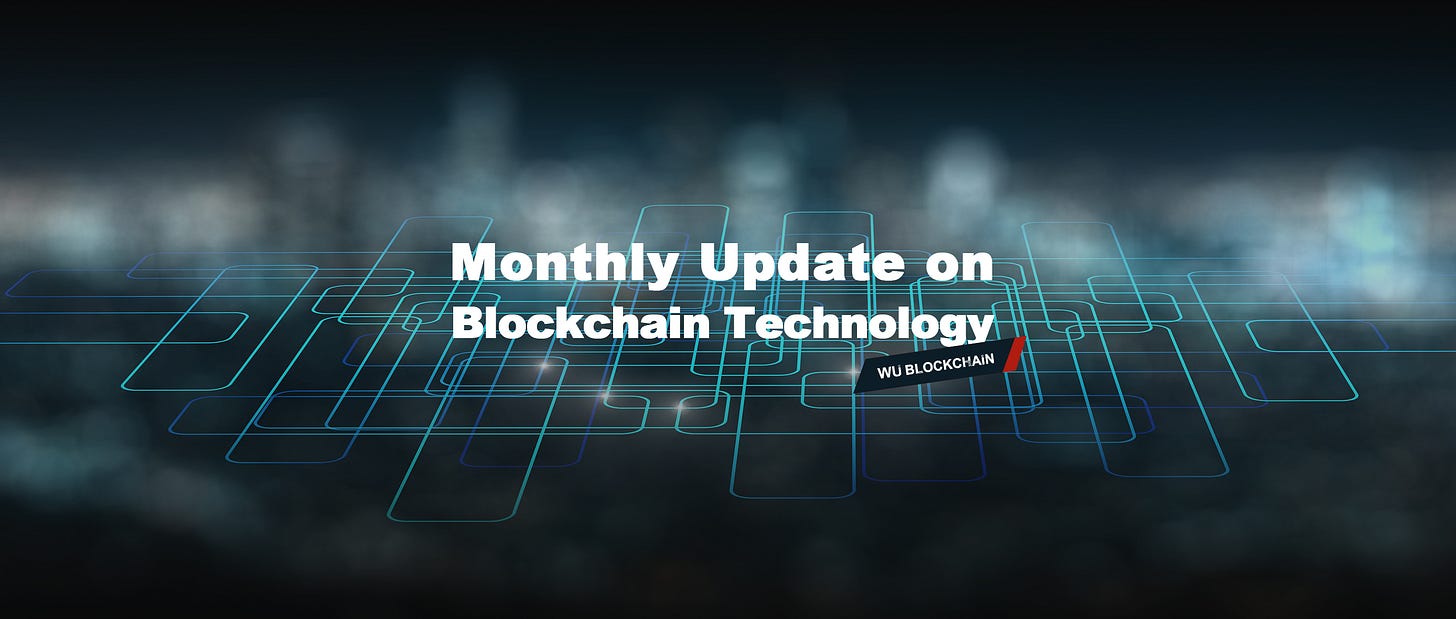March Update on Blockchain Technology: Ethereum Completes Pectra Upgrade on All Testnets, SIMD-0228 Fails, Berachain PoL Launched
Written by: GaryMa, WuBlockchain
The WuBlockchain summarizes key developments in the blockchain technology space for March:
Bitcoin
● BIP360 Quantum-Resistant Hash (P2QRH) Update: Developer Hunter Beast posted an update on the Bitcoin-Dev mailing list regarding his research into quantum resistance for BIP360. He revised the list of quantum-secure algorithms he proposed, is seeking support to develop the pay-to-taproot-hash (P2TRH) scheme, and is considering targeting the same security level (NIST II) currently offered by Bitcoin, rather than higher levels (NIST V) that would require more block space and CPU verification time.
● Developer Consensus May Be Converging on a Bitcoin Soft Fork Proposal: The Bitcoin grassroots community is starting to advocate for changes to Bitcoin’s underlying software. Two Bitcoin Improvement Proposals (BIPs) — BIP-119 (CTV) and BIP-348 (CSFS) — are gaining traction. These proposals introduce new Bitcoin scripting methods to enable “Covenants” functionality. They may be implemented in Bitcoin’s next soft fork. Over the past few weeks, many Western Bitcoin developers have voiced support for CTV and CSFS on Twitter — a clear signal that at least within social media circles, parts of the Bitcoin community are moving toward embracing these changes.
Ethereum
● Holesky Testnet: On March 11, the Holesky testnet regained finality with over two-thirds of validators participating, following an interruption during its Pectra upgrade on February 24.
● End of Holesky Support: Ethereum core developers plan to end support for the Holesky testnet in September 2025. Apart from validator exits, all other Pectra features can be tested on Holesky.
● Sepolia Testnet Pectra Upgrade: On March 5, the Sepolia testnet underwent the Pectra upgrade. Initially, the network achieved finality, but issues with a custom deposit contract led to empty blocks, which were quickly resolved.
● Hooli Testnet Launch: On March 17, the Hooli testnet was introduced to address configuration issues from the Pectra upgrade on Sepolia and Holesky.
● Hoodi Testnet Success: On March 26, the Hoodi testnet successfully activated Pectra, with subsequent operations running smoothly, a stable 97% network participation rate, and finality achieved. Developers noted that Hooli is primarily for testing validator exits, while Sepolia and Holesky remain in use for other tests.
● Pectra Mainnet Upgrade: Tentatively scheduled for April 30 at Slot 115,999,872.
● EIP-6110 Issue: Due to issues with EIP-6110, it was agreed to discard pre-Merge mainnet historical data after the Pectra upgrade; Sepolia testnet is set to execute this on May 1. Note: EIP-6110 integrates validator deposit info into execution layer blocks, simplifying consensus layer work and optimizing the validator experience.
Solana
● SIMD-0257 Draft: Solana core developers Max Resnick and Ashwin Sekar jointly released the SIMD-0257 draft, proposing the removal of voting fees on the Solana network and optimizing incentive compatibility for timely voting credits to enhance network security and validator participation.
● SIMD-0228 Inflation Adjustment Fails: The SIMD-0228 proposal to adjust Solana’s inflation rate failed to pass the on-chain validator vote.
Base
● Gas Target Increase: The block Gas Target was raised to 30 Mgas/s. Last September, Base set a scaling goal of 1 Ggas/s (1000 Mgas/s), planning incremental increases of 1 Mgas/s per week. Raising the Gas Target allows the network to handle more transactions in the same timeframe, curbing fee spikes during high demand. The Gas Target differs from the maximum Gas Limit per block — blocks can temporarily exceed the Target (increasing fees) but cannot surpass the Limit, which acts as a hard cap on block size.
BNB Chain
● Pascal Hard Fork: On March 21, BNB Chain successfully completed the Pascal hard fork, introducing EIP-7702 smart contract wallets to enhance EVM compatibility and developer support, alongside optimizations like gas fee abstraction, smart payment interfaces, and batch transactions. The roadmap for future upgrades includes: the Lorentz upgrade in April 2025, aiming to reduce block time to 1.5 seconds for faster transactions and network efficiency; and the Maxwell upgrade in June 2025, further accelerating block time to 0.75 seconds.
SUI
● Passkeys Integration: On March 9, Sui announced it is testing WebAuthn-based Passkeys on its testnet. Once integrated, Sui users on supported apps and wallets can use Face ID, Touch ID, or YubiKey to create accounts, sign transactions without handling private keys or passwords, and access accounts across devices without manually importing keys.
Near
● Shard Expansion: On March 23, NEAR’s mainnet upgraded from 6 to 8 shards, boosting network capacity by ~33%. Single-block reshuffling eliminates hour-long state reconstruction, enabling faster scaling to higher shard counts.
Avalanche
● 2025 Roadmap: On March 4, Avalanche unveiled its 2025 roadmap, featuring the Etna network upgrade, the global adoption-focused Avalanche9000 Campaign, and renaming subnets to Avalanche L1 for greater flexibility.
Sonic
● SonicCS 2.0: On March 28, Sonic Labs announced the upcoming SonicCS 2.0 protocol, a new consensus mechanism doubling consensus speed and reducing memory usage by 68%.
Hyperliquid
● Permissionless Validators: On March 4, the Hyper Foundation stated that after the next network upgrade, the mainnet validator set will become fully permissionless. Like the testnet, the top N validators by stake will form the active set, starting with N=20 and increasing over time. Additionally, a delegation program has launched to enhance network security, decentralization, and support validators contributing to the Hyperliquid ecosystem.
Berachain
● Bepolia Testnet: On March 12, the standardized Bepolia testnet went live, fully aligned with the mainnet and equipped with all contracts and features required for PoL.
● PoL Launch: On March 24, Proof of Liquidity (PoL) officially launched, initiating the first phase of governance. Incentive mechanisms took effect, and emissions from a new reward pool began. This shift gives BGT holders more control and profit opportunities, allowing them to determine incentive flows and allocate rewards to users, apps, and validators.
Follow us
Twitter: https://twitter.com/WuBlockchain
Telegram: https://t.me/wublockchainenglish


